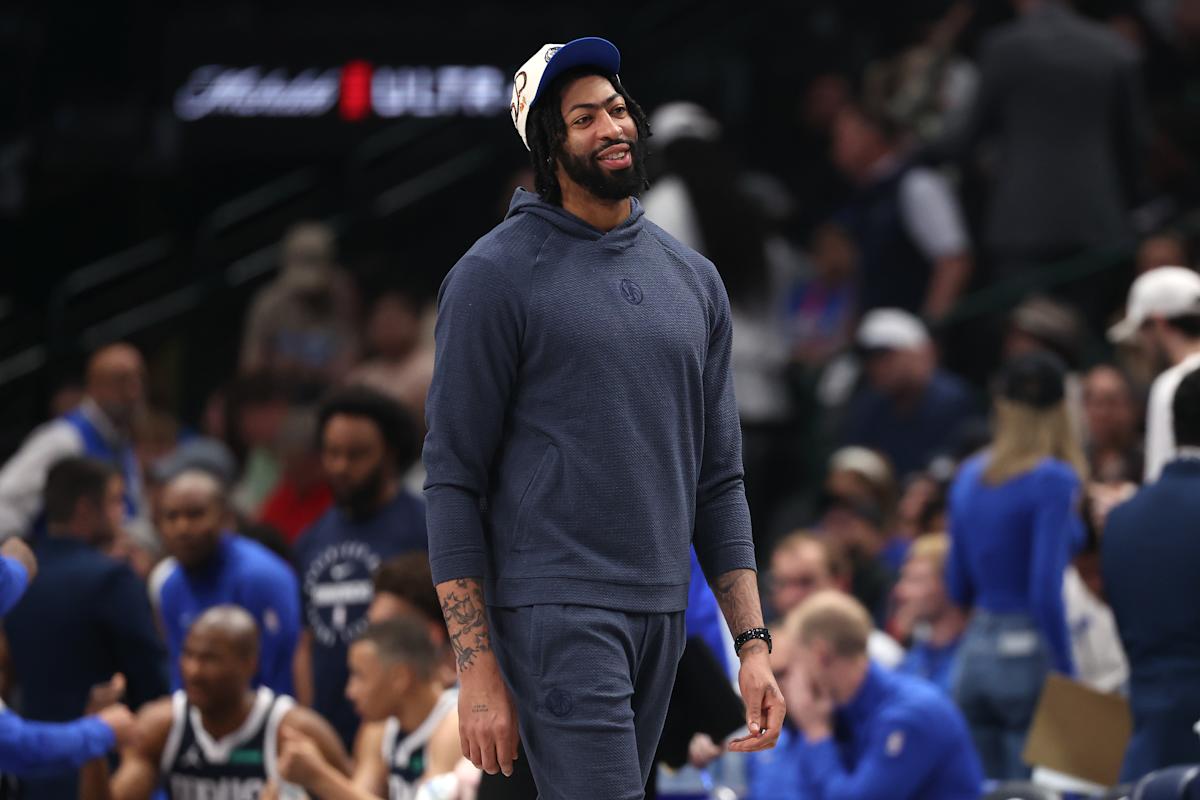Dan Hooker sits at a +285-underdog price in a fight scheduled for five rounds, and that combination is the whole story. This piece looks at how the jump from three rounds to five changes the pace, the cardio tax, and the strategic chessboard, then measures those shifts against Hooker’s real resume: his historical fatigue moments, his resilience, his decision outcomes, and especially his proven ability to survive and work late across 25 minutes. The betting question isn’t whether Hooker is “better on paper,” but whether the format quietly pulls the true odds closer than the line suggests.
Five Rounds vs. Three Rounds: The Pacing Reality
Three-round fights let athletes burn hot early, coast if they bank a lead, and sprint to the horn. Five-round fights punish that exact rhythm. The opening ten minutes still matter, but they cannot be treated like a finish-line dash because there are two extra rounds waiting to collect interest on every reckless exchange. Pacing in 25-minute fights becomes a curve, not a spike: fighters must spread output, choose moments to surge, and accept slower early starts. This shift favors athletes who are comfortable living in a grinding tempo rather than those who need quick chaos to win. In a five-rounder, round 1 is often more about information than domination. Hooker has been a read-and-react striker who grows into his timing, so extra minutes can let his style ripen instead of forcing him to gamble early.
Cardio Over 25 Minutes: Technique Survives Only with an Engine
A five-round fight is not just a longer version of a three-round fight; it is a different physiological event. After 15 minutes, oxygen debt starts showing slower footwork, wider punches, and lazier defensive reactions. You can win a three-rounder with a strong first eight minutes. You rarely win a five-rounder that way unless you finish early. The real separator is the aerobic base that keeps forming intact in Rounds 4 and 5, when fatigue usually bends fights toward whoever remains sharp enough to execute. Hooker has fought at a pace that demands real conditioning, and his career shows he is willing to keep working when other fighters go into survival mode.
Strategic Shifts: Five Rounds Create More Win Paths
The format adds strategic layers that do not exist in a three-round sprint. There is more room for slow starts, more chances to adjust timing, and more opportunities for corners to fix problems midstream. In five rounds, you can lose early and still win late. You can get hurt and still recover from a comeback. You can spend a round solving distance or clinch timing because you are not staring at a 15-minute clock. For Hooker, this matters because his approach often involves building patterns—touching the body, reading counters, then opening as the opponent’s reactions slow.
Hooker’s Style and Conditioning Profile
Hooker’s output-heavy striking tends to be built on volume and layered combinations instead of one big moment. His UFC numbers reflect that engine-driven identity: 5.03 significant strikes landed per minute, and 4.72 significant strikes absorbed per minute. Those stats describe someone who accepts exchanges over time rather than protecting a narrow lead. In long fights, that kind of attrition style can become a weapon because damage adds up and opponents who slow down become easier to hit cleanly. His career includes moments where he has visibly labored under extreme pace, but it also includes multiple instances where he has kept his posture and offense functional late, even in wars.
Five-Round Evidence: Paul Felder Win at UFC Fight Night
Hooker’s most important five-round data point is his five-round split-decision win over Paul Felder in a UFC Fight Night main event. That fight was not a slow tactical affair—it was a sustained, high-impact battle where Hooker had to manage fatigue, damage, and momentum for all 25 minutes. The clearest late-round proof comes from his Round 5 accuracy: 18 of 33 significant strikes landed (54%), a sign that he still had the coordination to throw and land under exhaustion. Do not forget to check out the latest caesars promo code for new bettors — it could shift how aggressive you are in backing Hooker at +285. That Felder performance defines Hooker’s upset path: he can take a hard fight deep and still produce offense when it counts.
Five-Round Durability in Defeat: Dustin Poirier Loss
Hooker’s five-round unanimous decision loss to Dustin Poirier also speaks to his endurance, even though it went in the loss column. Hooker did not crumble after the early trenches; he stayed competitive in exchanges and survived a pace that broke many fighters. The point here is not to reframe the result, but to note that Hooker has already proven he can operate under championship-length heat against elite opposition. For an underdog at +285, that kind of five-round floor matters because it reduces the risk of a late implosion.
Comparing Hooker to Fighters Who Fade Late
Plenty of contenders look dynamic for ten minutes, then slow into predictable patterns—less feinting, more straight retreats, heavier breathing, and declining shot selection. Five rounds magnify those trends. Hooker’s experience suggests he is less likely to fall off a cliff, and more likely to stay in the fight long enough for attritional advantages to surface. If an opponent relies on early bursts or front-loaded wrestling without a deep tank, Hooker’s late rounds become the geography where the upset can live.
Why the Five-Round Format Interacts With +285
A +285 line implies Hooker wins one out of four times. But formats can re-weight outcomes. In three rounds, a slow start is deadly, and a brief momentum swing might not have time to matter. In five rounds, a slow start is survivable, and a late surge can flip the entire story. That raises the value of fighters who can keep a stable pace and remain dangerous late. Hooker’s record in five-round settings shows he is not guessing about his endurance under bright lights—he has already done it.
Betting Implications: Underdog Value Over 25 Minutes
If you are evaluating Hooker as a +285 underdog, the key question is when he wins. In five rounds, he has more ways to do it: late-round volume, cumulative damage, or simply being the cleaner technician after fatigue erodes his opponent. This suggests that the Moneyline may be undervaluing its structural advantage in a long fight. It also means timing matters. In fights where Hooker is down early but looks fresh, live-betting can align with his historical tendency to grow into the later rounds.
Practical Tip: Locking Value Before Line Movement
Main-event odds often shift as fight week approaches. Weigh-ins, interviews, and public narratives can push numbers tighter, especially if analysts start highlighting cardio or late-round trends. If you believe the five-round format makes +285 longer than it should be, taking the price earlier can protect your edge. Using a promotional boost is a bankroll decision, not a slogan: it can help you take a justified underdog position without overextending risk.
Why This Format Angle Is Timely Right Now
Bettors are increasingly sensitive to fight length because it reveals hidden weaknesses that three rounds can mask. Five rounds expose shaky pacing, questionable recovery, and thin gas tanks. As this matchup’s format and odds become clear, more people will test whether Hooker’s five-round experience creates a real edge, and that attention tends to compress lines. Hooker’s upset path is simple and realistic: survive early danger, keep output steady, and let the extra 10 minutes turn the fight into a test he has already passed before.























